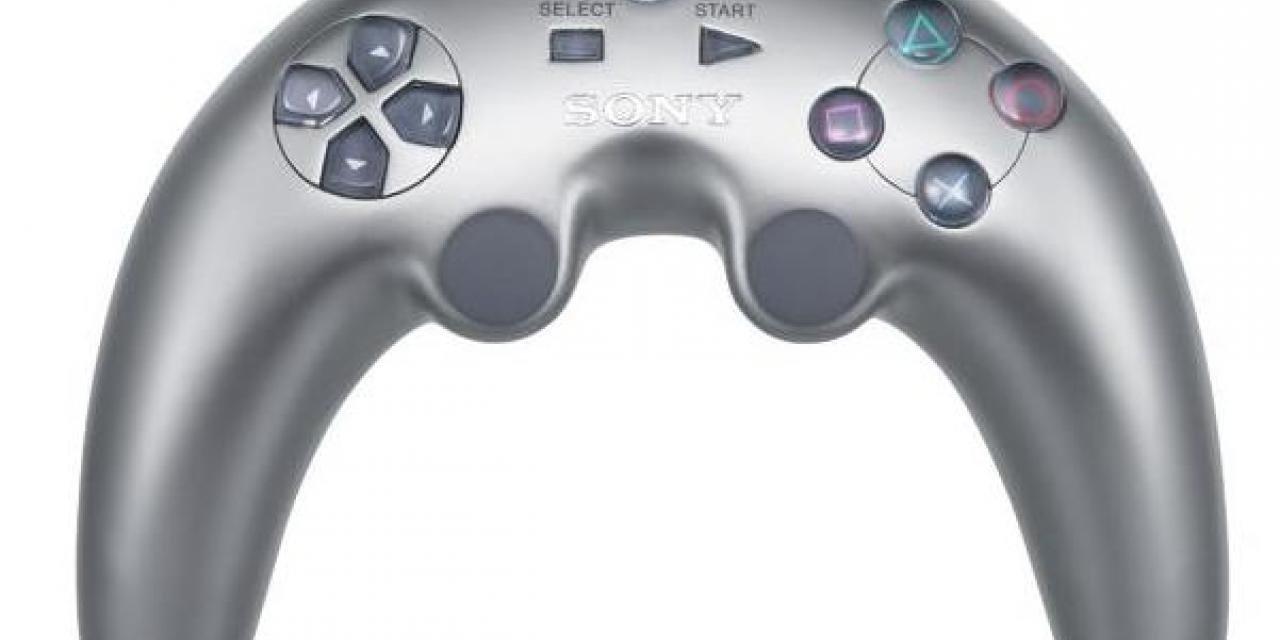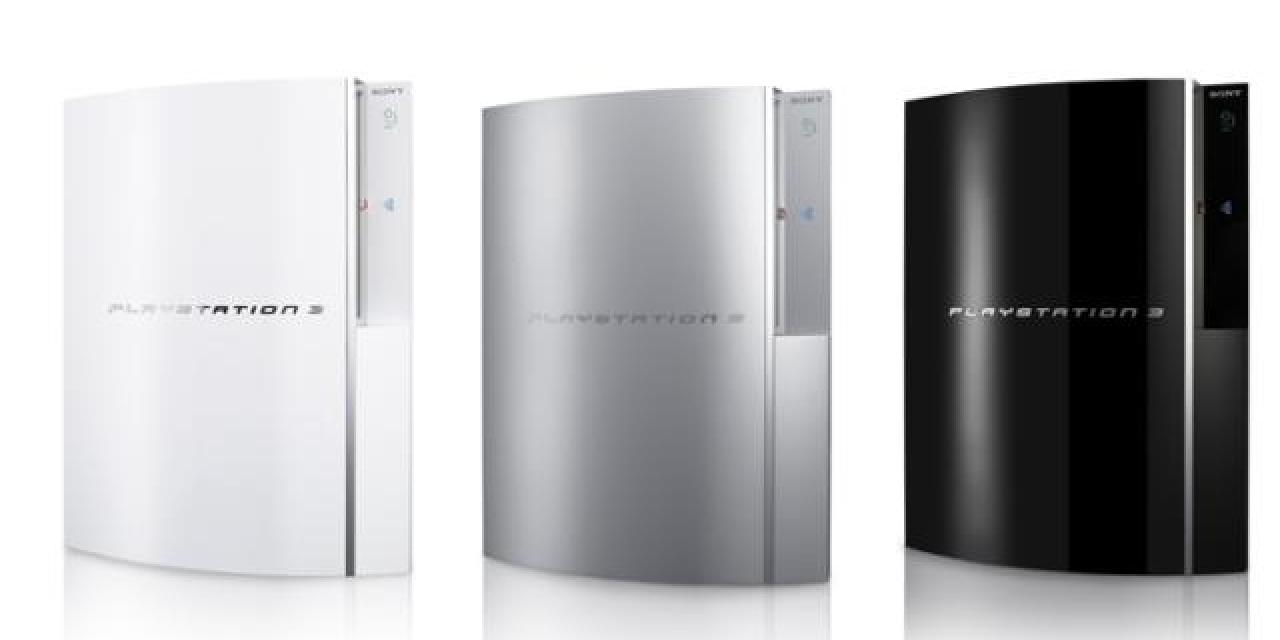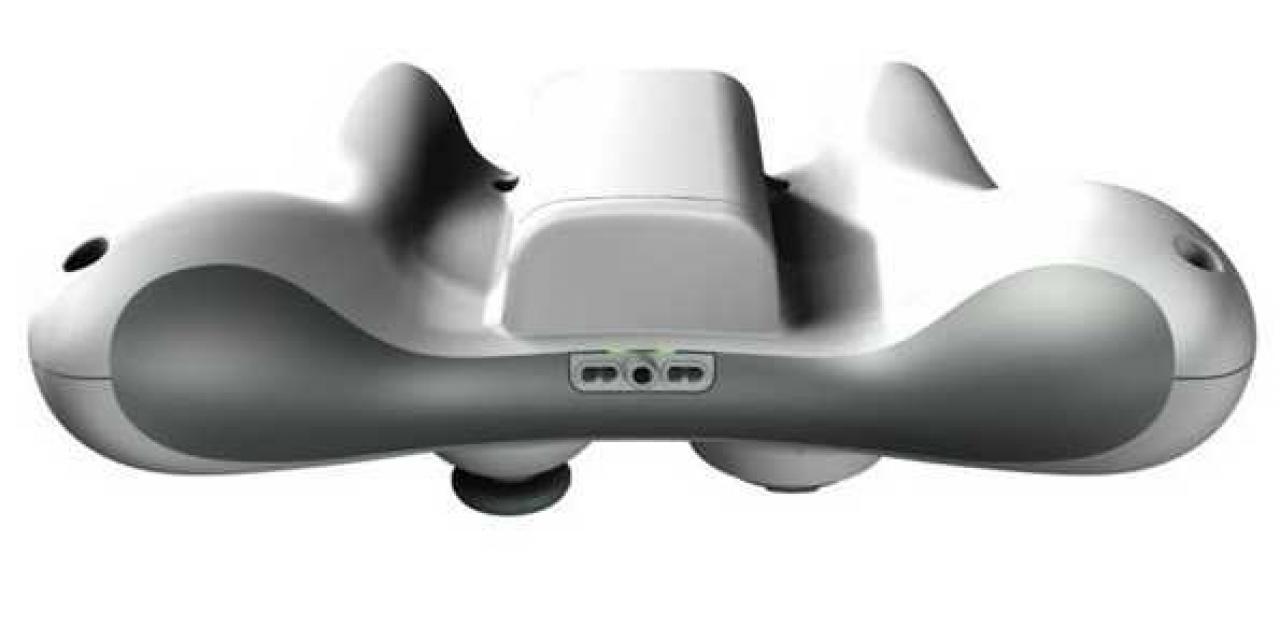




While most gamers are eagerly awaiting the arrival of next-gen gaming, as promised by the big console manufacturers, some voices of discontent are beginning to make themselves heard. The recent MegaGames feature on the next-generation PC has pushed readers to contact us with some, little-known details, regarding the hardware of the so-called, next-generation consoles and the performance we can expect from them. The recent MG story suggested that a lot of money would have to be spent on a PC in order to match next-generation console performance but the information coming from developers and at times the manufacturers themselves, is that …the Xenon and Cell CPUs are not even in the same realm of performance as the Pentium 4 or Athlon 64.
It appears that, in Microsoft's case, the need to keep costs low has sacrificed true next-gen performance while, in Sony's case, the need to use proprietary methods in order to maintain exclusivity has also resulted in the sacrifice of any next-gen prospects. What we are guaranteed to see however, are true next-generation prices and unique subscription technologies that will, wirelessly, empty your wallets. It seems that the entire gaming community will help see Mr. Gates, Mr. Allard, Kutaragi-san and other CEOs feature their respective Cribbs and rides on some MTV show.
So read on to find out exactly what the console manufacturers don't want you to know, as we reveal the real next-generation console war…
Ask most gamers what makes the difference in the next generation of consoles and most will say it's their CPUs with multiple cores (in X360s case) and with revolutionary design (in PS3s case). Initially it would seem that Microsoft's Xbox 360 should hold some advantage over its rival as it features 3 general purpose cores as opposed to the Cell processor's 1 such core. The latest news from developers however, suggests that they will be using one core for most of the calculations, a choice which will result in comparable performance by both systems. Many had also praised the Cell's 7 Synergistic Processing Elements (SPEs) but as more details about them have been revealed it turns out that they will carry out very specific functions and will therefore not be available to developers for other functions. This also suggests that the advantage in accelerated physics calculations that many expected the Cell processor to have, will not be realized.
For all their differences and the marketing trickery employed, the X360 and PS3 CPUs have a very obvious connection; they are both based on the IBM PowerPC core. So what drives these two consoles? At the heart of both machines lies a core featuring 64KB of L1 cache (32K
reserved for instruction and 32K for data) and a 1MB L2 cache for X360 and a 512KB L2 cache for Cell. This core supports SMT and can simultaneously execute two threads
similarly to a Hyper Threading enabled Pentium 4. The X360 CPU carries three such cores while Cell has one. It seems that both Microsoft and Sony were convinced to invest in the IBM core based on the theoretical peak performance of the chip and its, relatively, low price. This sleek pitch by IBM has also been transferred to the consumer through the PR departments of both competitors as they have been comparing the theoretical 1 TFLOP processing power of the X360 CPU to the 2 TFLOPs produced by the Cell array.
The TFLOP War is a PR Conflict
OK, I hear you ask, what does that have to do with us? What all this comes down to is that the processor on Xbox 360 is expected to be twice as powerful as the 733MHz Celeron hybrid of its predecessor in real world performance. This would make the X360s CPU, slower than most current CPUs, even though that particular one has to last Microsoft for 4-5 years. The issue, experts tell us, is the small core of the IBM chip and its branch predictor, which is not the finest available.
The Cell Array Not as Versatile As Promised
The Cell, on the other hand, with its SPEs out of the picture in most cases, also loses out since it also carries one such IBM design. Another problem with the PS3/Cell design has to do with the extremely limited amount of local memory available to each SPE. This results in a large delay as each SPE places a DMA request on the bus in order to access main memory. This delay makes SPE use by developers impractical. Developers also claim that even when physics calculations for example, are assigned to the SPEs, the Power Processor Element (PPE) which acts as the controller for the SPEs, causes an overall bottleneck as it is hampered by the PowerPC restrictions mentioned above. So the PS3 will also suffer in real world performance.
When developers are asked about which system they prefer to work for, most seem to agree that XBox 360 is the more developer friendly of the two competitors. Most developers however, will claim that they have chosen the lesser of two evils while it is now widely believed that had either competitor gone with an Athlon64 or Pentium D design they would have been significantly ahead in the next-generation of console wars.
Game developers will agree with Microsoft that multithreaded games are the future of the industry but none see any increase over the one or two threaded game engines that are currently being developed for another 3-5 year. X360 however, was designed with 4-6 threads in mind. It is expected that games will later have 3-4 threads but even then, most of the work will be carried out by a main thread. It seems that an efficient spreading-out of the calculations over many threads is still far away enough to be called the next-next-generation of gaming.
The XBox 360 setup, good but not next-gen
Overall, it appears, developers are not that happy with the performance of these systems since it is now their job to find creative ways of squeezing the most out of the CPUs of these consoles; a job that is bound to get harder as time goes by and as PC hardware raises the performance bar.
Where both consoles seem to have gotten things right is with their Graphics Processing Units (GPUs). Both the nVidia Reality Synthesizer (RSX), which will feature in the PS3 and the ATI Xenos chip which will power X360 seem to be well thought out parts.
It now appears that the RSX will not be able to utilize the Cell's SPEs for any of its processing requirements but even so the GPU should perform very well. It appears that the PS3s RSX will be a G70 based board built on 90nm featuring Turbo Cache and running at 550MHz.
Even though the RSX is a G70 based design there is some speculation regarding the existence of some silent parallel pixel and shader pipelines which may be enabled in the PS3 chip. There is also a more recent buzz suggesting that the RSX may borrow from the G71 design which offers speeds of 650-700 MHz, improved vertex pipeline support and 512 MB of memory. Either way the nVidia chip is expected to provide quite an impressive array of visual effects for Sony's console.
ATIs R500-based Xenos chip is also expected to offer a reliable and impressive solution for X360. The board will feature a 500 MHz parent GPU built on 90 nm with 232 million transistors. It will also feature a 500 MHz 10 MB daughter embedded DRAM built on 90 nm and featuring 105 million transistors.
Overall the GPUs of these new systems will be their main advantage over current generation PCs although it is not clear for how long that advantage can be maintained.
The hardware that will soon be introduced by Microsoft and Sony is not a bad step in the evolution of consoles, especially when the manufacturers have to make sure they offer competitive prices in order to remain attractive to the consumer.
Another positive aspect of the new consoles is their graphics hardware which, for both manufacturers, should deliver a considerably enhanced gaming performance. The CPUs however, are likely to cause a bottleneck in both systems, meaning that developers will be left with the challenging task of finding innovative ways of improving overall system performance.
What is a problem however, is that both competitors claim that their machines will be future proof (for the next 4-5 years at least) and that during those years they will offer the best gaming experience available. This, it turns out, is not the case and while we would have accepted it if the manufacturers had come out and said that they had to sacrifice true next-generation performance for a better price, it is unlikely we would have been willing to pay USD 60 for games that offer few, if any, improvements to current PC titles.
Microsoft's and Sony's decisions on setting up their consoles had nothing to do with providing the best possible gaming experience for their owners but more to do with profits, owning the IP to the hardware and securing exclusives. This is not a bad thing until the manufacturers decide that they are not willing to pay the cost of their choices and try to substitute real world performance with theoretical limits and overwhelming marketing strategies.
What is worrying is that the increased control that both Sony and Microsoft will have over the gaming industry may result in developers focusing too much on console titles and missing the opportunity to create PC titles that could truly revolutionize gaming by offering improved physics, gameplay and A.I.
We will have to accept the new consoles since we are not given many options but we have to commend Nintendo on maintaining its prestige and staying away from the HD-Next-Gen battle of superlatives.
It seems that the next-generation of gaming has not yet arrived but when it does it will probably be on the PC.








